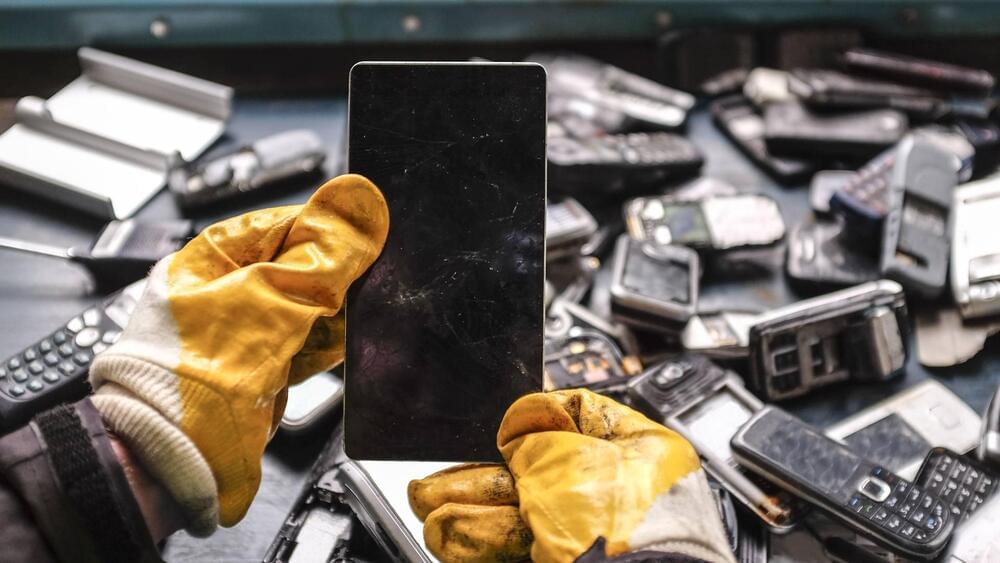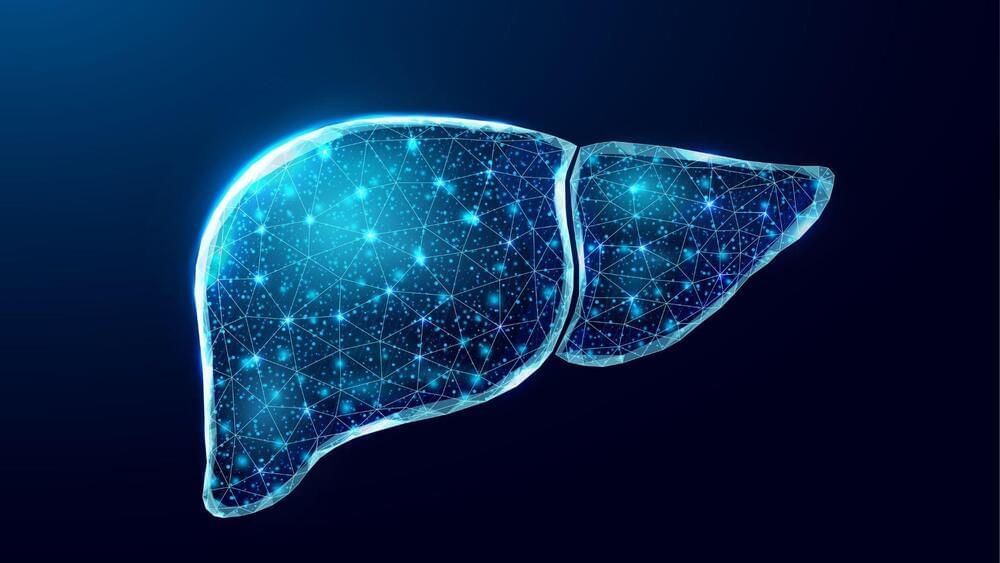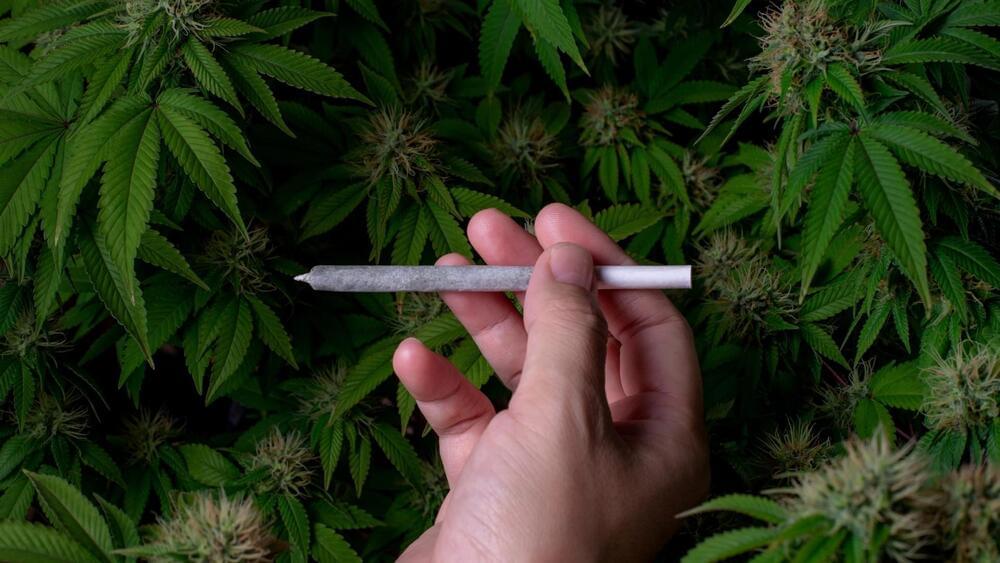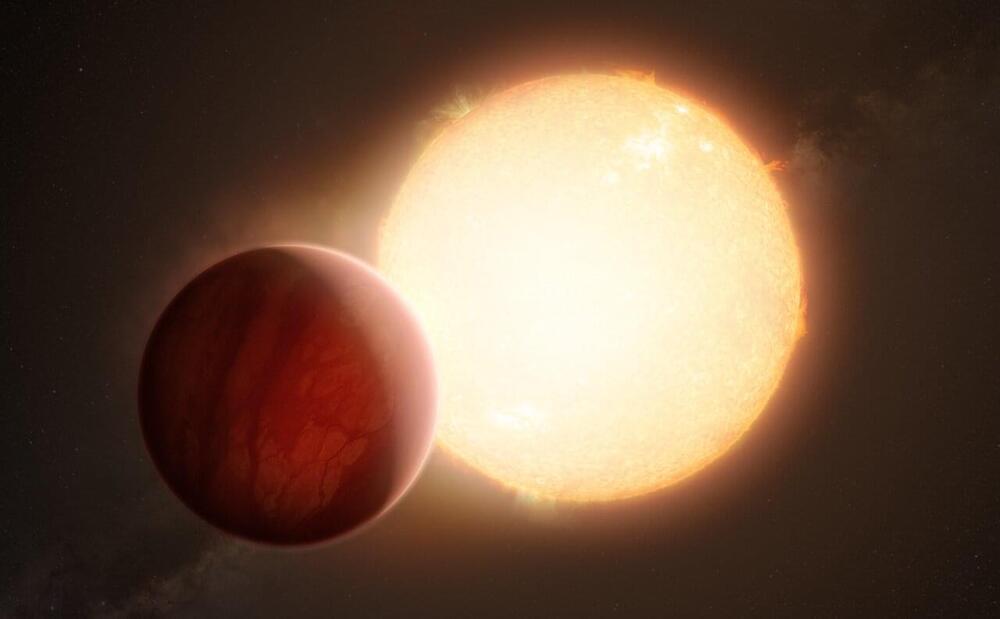Zero-click spyware is even nastier than it sounds, according to new findings. But first…




We have a serious e-waste problem, according to the international waste electrical and electronic equipment (WEEE) forum. This year alone, 5.3 billion mobile phones will go to landfills, the organization told the BBC on Friday.
Precious minerals left to waste
This means that a lot of the precious minerals that cannot be extracted from waste electronics, such as the copper in wire or the cobalt in rechargeable batteries, will have to be mined, a notoriously polluting activity.

From raspberry notes to rum and nail polish ones. Some call it a ‘space party,’ while others say ‘it stinks.’
Doctoral researcher in Astrobiology and professional perfumer, Marina Barcenilla, creates the scents of space based on astrochemistry and reports by astronauts.
Interesting Engineering (IE) report on the range of smells available including which represent the entire journey around Earth’s orbit to the center of the Milky Way. By tapping into the intimate relationship between olfaction (the sense of smell) and memory, the project aims to break communication barriers between science and the public.
Angel_nt/ iStock.
Researchers can also make assumptions about how things might smell in space using various chemicals and elements found on Earth as well as elsewhere in the galaxy.

If (or when) human exploration of our planetary neighbours goes ahead, this is a question that future colonists would have to tackle.
What do you need to make your garden grow? As well as plenty of sunshine alternating with gentle showers of rain — and busy bees and butterflies to pollinate the plants — you need good, rich soil to provide essential minerals. But imagine you had no rich soil, or showers of rain, or bees and butterflies. And the sunshine was either too harsh and direct or absent — causing freezing temperatures.
4FR / iStock.
The researchers behind the study cultivated the fast-growing plant Arabidopsis thaliana in samples of lunar regolith (soil) brought back from three different places on the Moon by the Apollo astronauts.

These findings indicate that liver cell repair and tissue regeneration are occurring.
The liver is known for its ability to regenerate. It can completely regrow itself even after two-thirds of its mass has been surgically removed. But damage from medications, alcohol abuse or obesity can eventually cause the liver to fail. Currently, the only effective treatment for end-stage liver disease is transplantation.
However, there is a dearth of organs available for transplantation.
Liver — Organ/iStock.
But what if, instead of liver transplantation, there were a drug that could help the liver regenerate itself?

The first-of-its-kind meta-analysis synthesized the results of 80 different scientific research.
Jikaboom/iStock.
Unsurprisingly, the duration of the impairment depends on the dose of THC, whether it was inhaled or taken orally, the frequency of the individual’s consumption, and the requirements of the work being performed while intoxicated, according to a press release published by the University of Sydney.

When will this ongoing saga end?
Elon Musk is under federal investigation over his takeover deal for Twitter, yahoo!
The focus of the investigation remains unclear
This would seem rather odd as at the beginning of the month, Musk agreed to finally purchase Twitter at his original offer of $54.20 a share, leading to a $44 billion deal.


When it comes to finding habitable exoplanets, the next big challenge is not just spotting exoplanets or looking at their orbits, but getting a better understanding of what conditions there might be like by analyzing their atmospheres. New tools like the James Webb Space Telescope will allow us to peer into the atmospheres of exoplanets and see what they are composed of, which can affect the planet’s surface temperature, pressure, and weather systems.
Now, astronomers using the European Southern Observatory’s Very Large Telescope (ESO’s VLT), a ground-based telescope located in Chile, have discovered the heaviest element ever in an exoplanet atmosphere. Looking at two ultra-hot gas giants called WASP-76 b and WASP-121 b, the researchers identified the element barium in their atmospheres.
These two planets orbit extremely close to their respective stars and thus have extremely high surface temperatures which can go over 1,000 degrees Celsius. On one of the planets, WASP-76 b, it gets so got that iron falls from the sky as rain. But the researchers were surprised to find barium high in the atmospheres of these planets because it is so heavy.